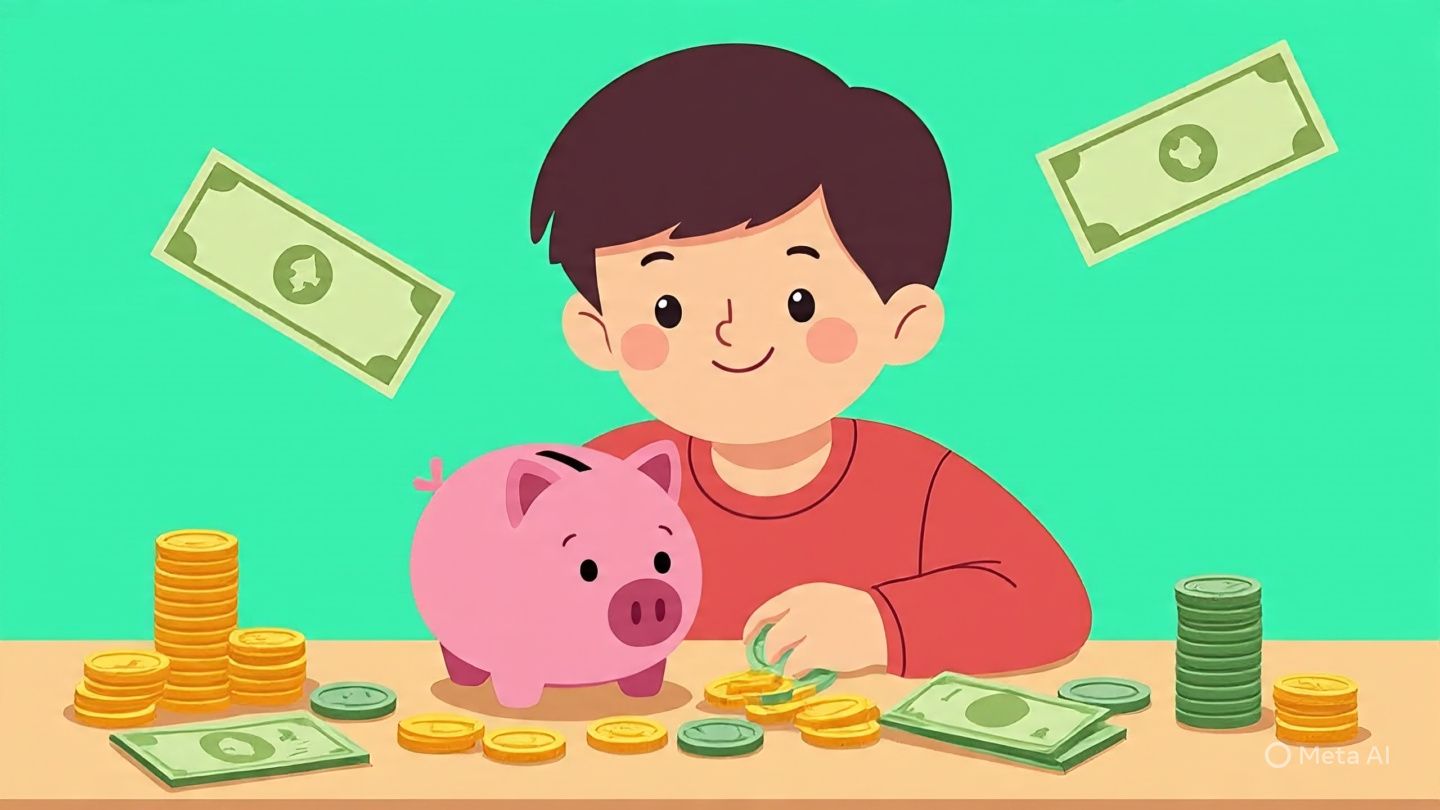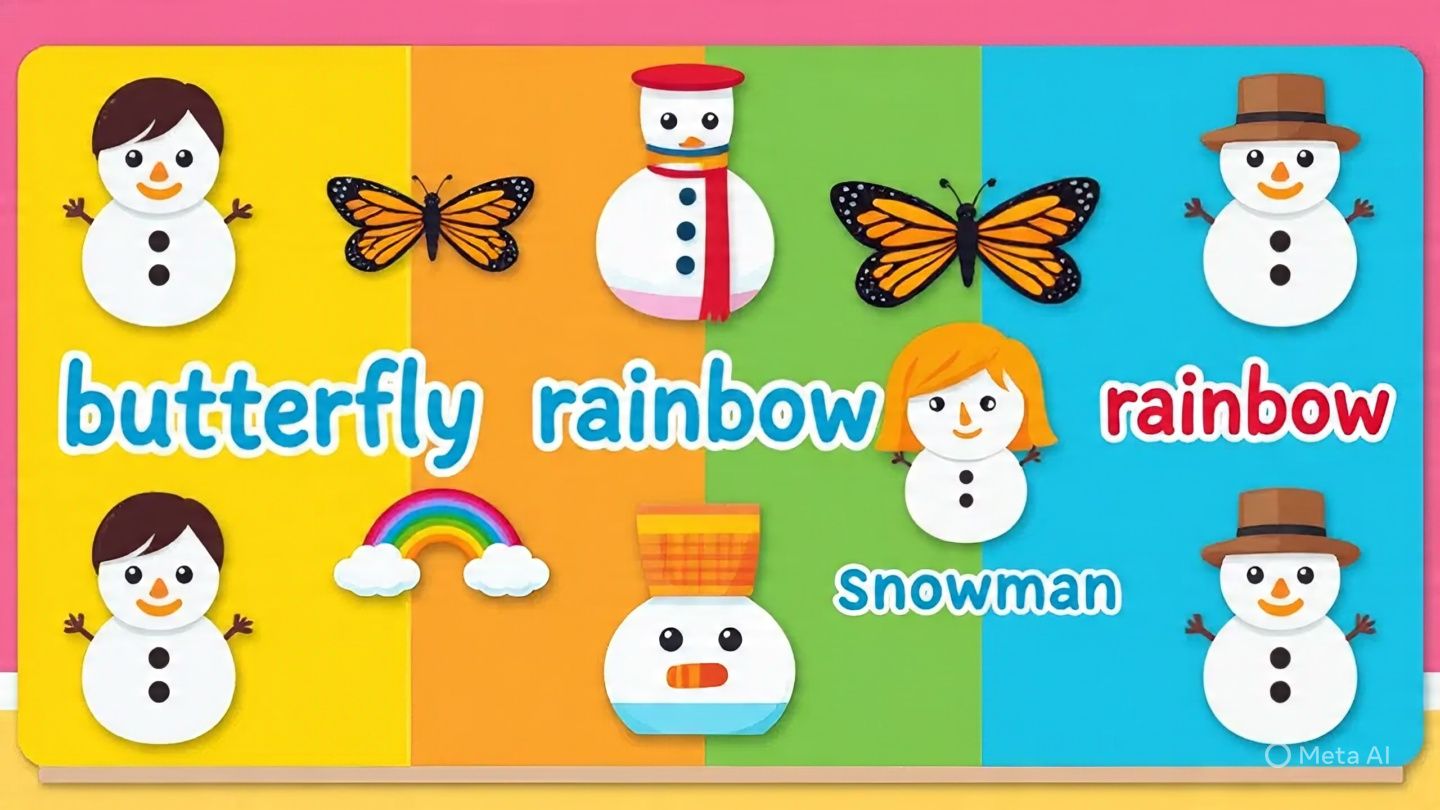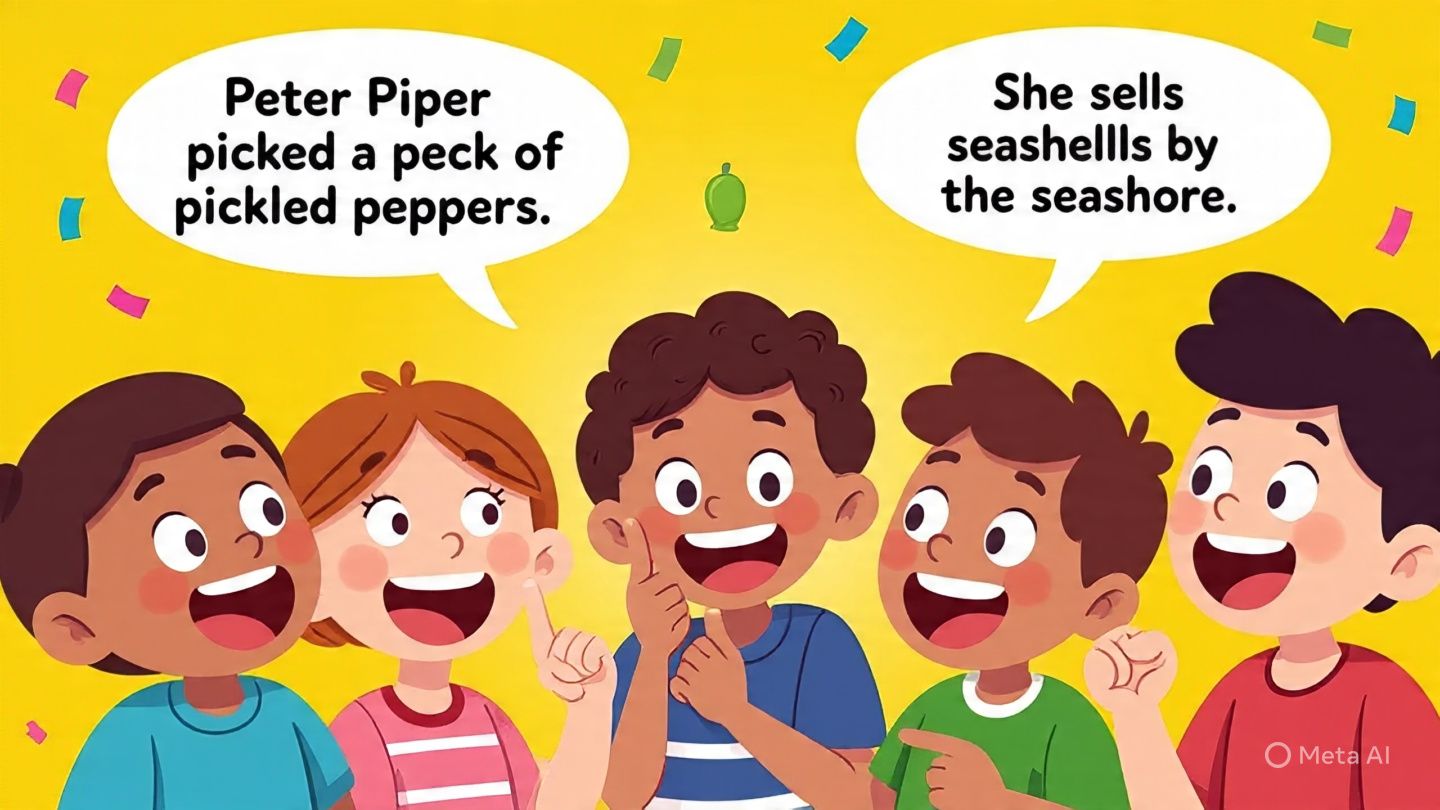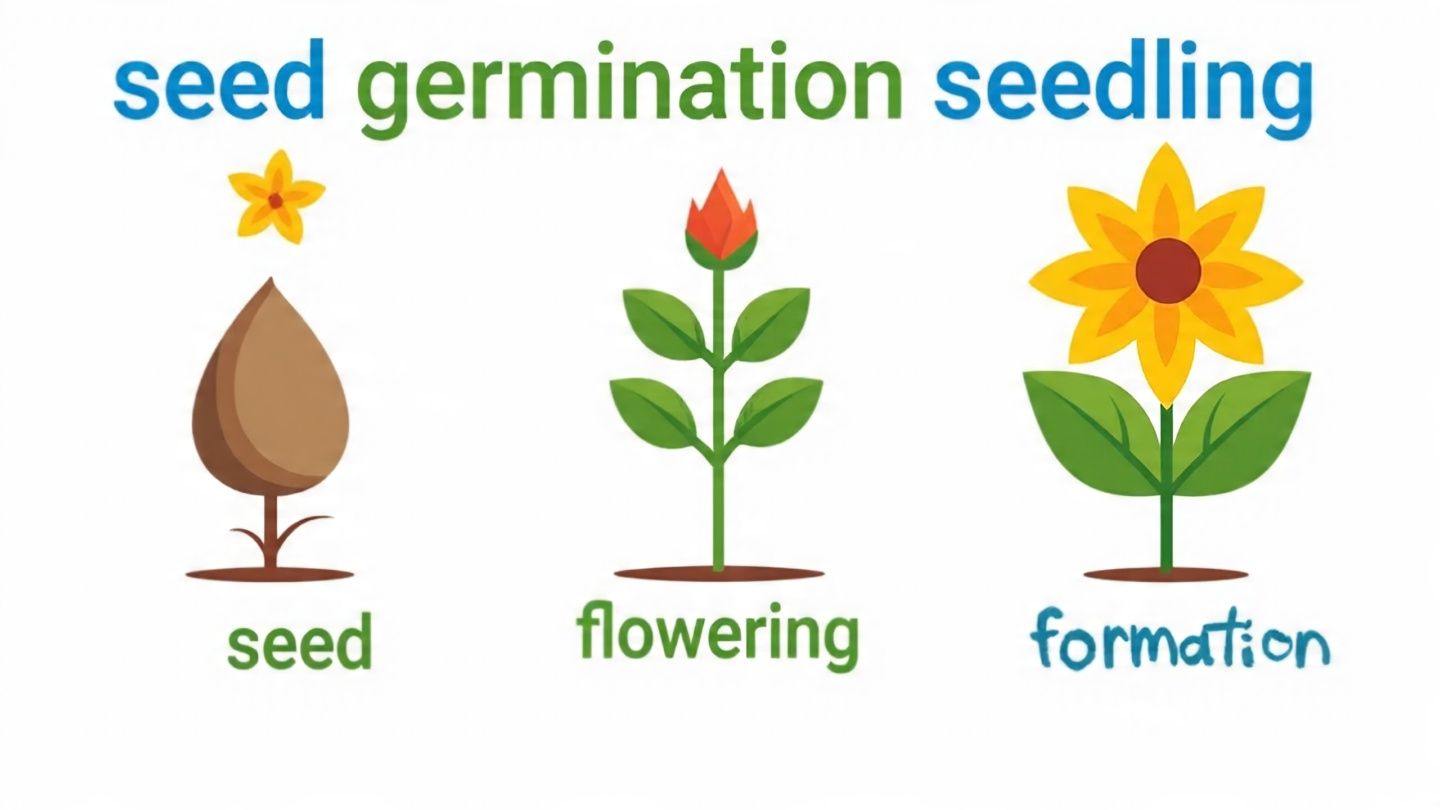Understanding Money for Kids: Coins, Notes, and More
Money is something we use every day to buy the things we need and want. For kids, understanding money is an important step in learning about the world. This blog will introduce children to what money is, the different forms it comes in, and why saving is important. We’ll talk about coins, notes, and even a little about banks and how money works!
1. What is Money?
Money is what people use to pay for things. Instead of trading toys or food like in the olden days, people now use coins and notes. It is a tool that helps everyone buy goods, pay for services, and save for the future. Kids see their parents using money every day, whether at a shop or online.
2. Coins and Their Values
Coins are small, round, and made of metal. They come in different sizes, shapes, and values. For example, in India, we have ₹1, ₹2, ₹5, and ₹10 coins. Each coin has a different value and is used for small purchases like candy or a pencil. Learning to identify coins by their shape, size, and number helps children understand how much things cost.
3. Notes and Paper Money
Paper money, or notes, comes in larger values. These are used for bigger purchases. Kids might see ₹20, ₹50, ₹100, ₹200, ₹500, and even ₹2000 notes. These are colorful and have special features like watermarks and security strips. It’s fun for children to look at the pictures and symbols on each note!
4. How Do We Use Money?
Money is used in many ways—buying food, toys, books, or clothes. Parents earn money by working, and they spend it carefully. Kids often get small amounts of money as pocket money or gifts. Teaching kids to count, spend wisely, and save their money helps build strong financial habits early on.
5. The Concept of Saving
Saving means keeping some money aside instead of spending it all. Children can save coins in a piggy bank or a jar. Over time, their savings grow, and they can buy something special. Saving teaches patience and planning, two important life skills. Parents can also open small savings accounts for kids at banks.
6. Different Currencies Around the World
Every country has its own money. In the USA, it’s dollars; in the UK, it’s pounds; in Japan, it’s yen. Kids should know that the value of money is not always the same in every country. This also helps children learn geography and understand that the world is full of different systems.
7. Digital Money
Nowadays, people also use digital money through phones, cards, or apps. While kids don’t use this directly, they often see adults paying with cards or QR codes. It’s useful to explain that this is still real money—just in a different form.
Conclusion
Understanding money helps children become responsible and smart in their choices. By learning about coins, notes, saving, and the value of different currencies, kids can better understand the world around them. Try playing money games at home or using play money to teach children in a fun and exciting way!




Leave a Reply